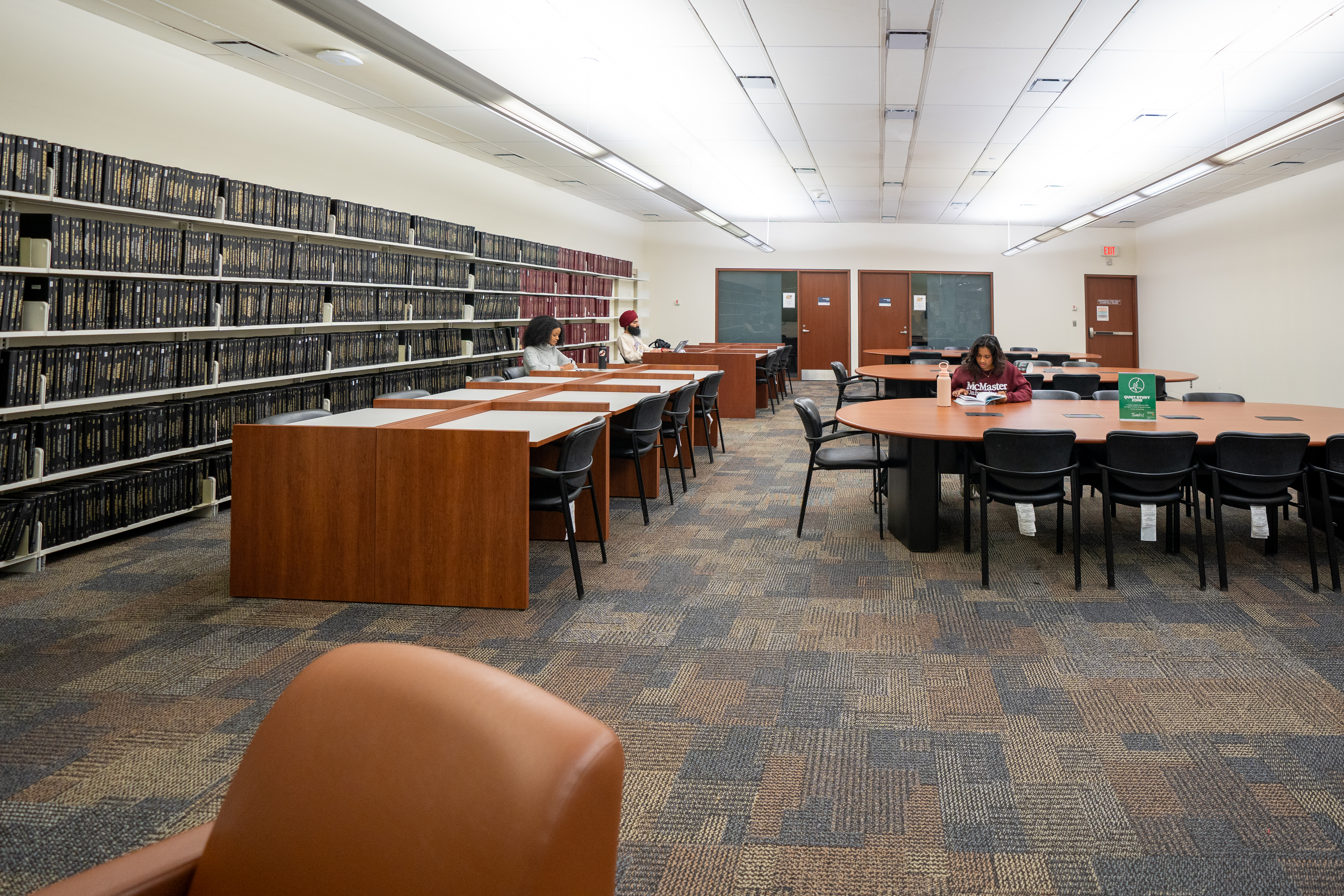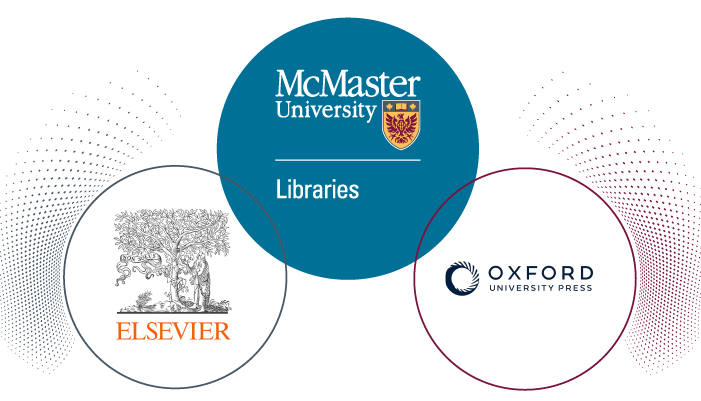McMaster libraries and MacPherson Institute launch generative AI literacy resource for students

Are you a student who’s struggling to understand how generative artificial intelligence (AI) can be integrated with your studies?
McMaster University Libraries and the Paul R. MacPherson Institute for Leadership, Innovation and Excellence in Teaching recently collaborated to create a resource to help students learn more about the complex subject, with the goal of supporting AI student literacy on campus.
The resource is readily available on Avenue to Learn and the Office of the Provost’s website.
Stephanie Verkoeyen, educational developer with MacPherson Institute and co-lead on the project, says the resource takes on a neutral tone, highlighting both the positive and negative aspects of the technology.
“Understanding proper use of AI is super important because this technology is so new,” Verkoeyen said. “There’s a strong risk that people could use it to shortcut their learning. On the flip side, we want to flag some of the opportunities to use AI to enhance learning and shift the narrative beyond just the academic misconduct situations, which are important, but some of these opportunities may be helpful for students to consider.”
The resource takes approximately one hour to work through and teaches students what generative AI?is, what generative AI tools can and?can’t?do, when and how to use generative AI tools and how generative AI is changing?how students learn.?It also includes external resources for students who are looking to take their learning a step further.
Jo-Anne Petropoulos, postgraduate medicine liaison librarian and Hamilton Health Sciences McMaster site librarian, was also a co-lead on the project, developing the practice section of the resource. She says the opportunity to practice writing prompts for generative AI is helpful for students to understand how the technology can be used in their studies.
“Some of the examples that were used are common things that students could do to try to help them with their learning,” Petropoulos said. “One practice prompt was focused around helping students prepare for a quiz or a test, so having them upload their learning materials and then having the AI tool generate a quiz based on the materials uploaded.”
Other practice prompts within the resource include text summarization, creating search strategies for research questions and identifying academic references relating to specific topics. The practice section also notes tips on key information to include in a prompt to get more relevant results. While working through the resource, students are encouraged to ask their instructors about approved uses of AI before integrating it with their studies.
After completing the practice section, students can reflect on their experience with questions designed to get them thinking critically about the value of AI and how it may or may not assist them in their learning.
This project was also co-authored by Emily Hector, digital learning librarian with McMaster University Libraries, who led the development of the Avenue to Learn version of this resource.
Access the Introduction to Generative AI for Undergraduate Students resource
To access the resource in Avenue to Learn, students can search for the Introduction to Generative AI for Undergraduate Students course in the Discover tab.
Access the resource on the Office of the Provost website.
Resources



